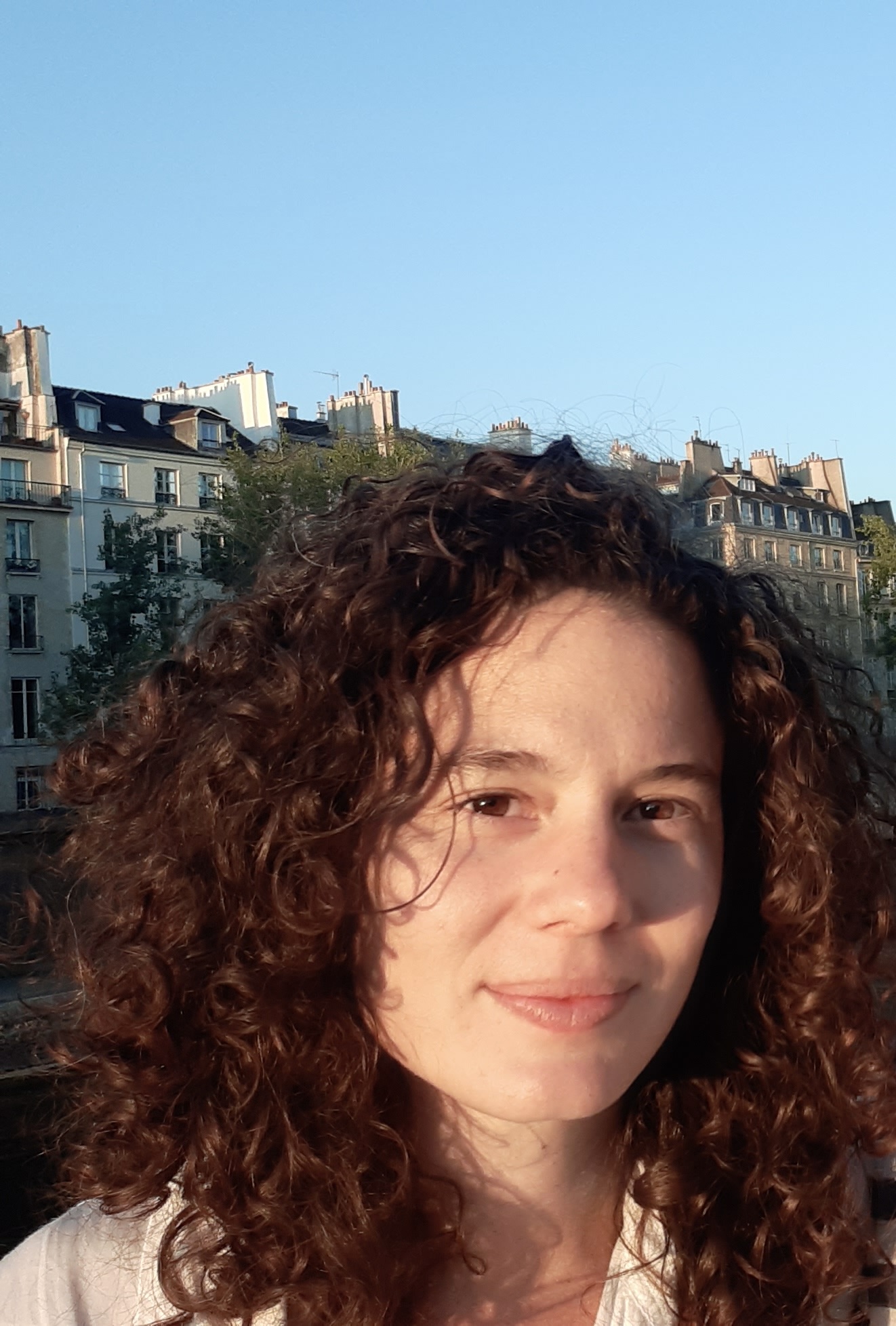INSTITUT PASTEUR "The genomic landscape of contemporary western Remote Oceanians."
Current Biology. https://doi.org/10.1016/J.CUB.2022.08.055
Arauna, L. R., Bergstedt, J., Choin, J., Mendoza-Revilla, J., Harmant, C., Roux, M., Mas-Sandoval, A., Lémée, L., Colleran, H., François, A., Valentin, F., Cassar, O., Gessain, A., Quintana-Murci, L., & Patin, E.
Cv
Lara Rubio Arauna est une biologiste de 32 ans spécialisée en génomique. Elle s'intéresse à l'interaction entre la culture et la diversité génétique, et l'explore à travers l'étude de l'histoire démographique et d'adaptation des populations humaines. Elle a effectué son doctorat à Barcelone à l'Institut de Biologia Evolutiva, supervisé par David Comas,, pendant lequel elle a étudié le mélange et la structure génétique des populations humaines, en particulier en Afrique du Nord. Elle a ensuite déménagé à Paris pour travailler comme chercheur postdoctoral à l'Institut Pasteur, dans l'équipe de Lluis Quintana-Murci. Pendant cette période, Lara a obtenu une bourse postdoctorale Pasteur-Roux-Cantarini pour un projet de recherche de deux ans. A l'Institut Pasteur, elle a étudié l'histoire génétique des populations Océaniennes, en se concentrant à la fois sur les adaptations génétiques à l'environnement et sur l'histoire démographique. Lara est actuellement chercheur postdoctoral à l'Université de Tübingen, dans le groupe de Cosimo Posth, et est récipiendaire d'une bourse individuelle Marie Skłodowska-Curie.
Contact
Cette adresse e-mail est protégée contre les robots spammeurs. Vous devez activer le JavaScript pour la visualiser.
@lararubioarauna
Résumé de l'article
The Vanuatu archipelago served as a gateway to Remote Oceania during one of the most extensive human migrations to uninhabited lands ∼3,000 years ago. Ancient DNA studies suggest an initial settlement by East Asian-related peoples that was quickly followed by the arrival of Papuan-related populations, leading to a major population turnover. Yet there is uncertainty over the population processes and the sociocultural factors that have shaped the genomic diversity of ni-Vanuatu, who present nowadays among the world’s highest linguistic and cultural diversity. Here, we report new genome-wide data for 1,433 contemporary ni-Vanuatu from 29 different islands, including 287 couples. We find that ni-Vanuatu derive their East Asian- and Papuan-related ancestry from the same source populations and descend from relatively synchronous, sex-biased admixture events that occurred ∼1,700–2,300 years ago, indicating a peopling history common to the whole archipelago. However, East Asian-related ancestry proportions differ markedly across islands, suggesting that the Papuan-related population turnover was geographically uneven. Furthermore, we detect Polynesian ancestry arriving ∼600–1,000 years ago to Central and South Vanuatu in both Polynesian-speaking and non-Polynesian-speaking populations. Last, we provide evidence for a tendency of spouses to carry similar genetic ancestry, when accounting for relatedness avoidance. The signal is not driven by strong genetic effects of specific loci or trait-associated variants, suggesting that it results instead from social assortative mating. Altogether, our findings provide an insight into both the genetic history of ni-Vanuatu populations and how sociocultural processes have shaped the diversity of their genomes.




